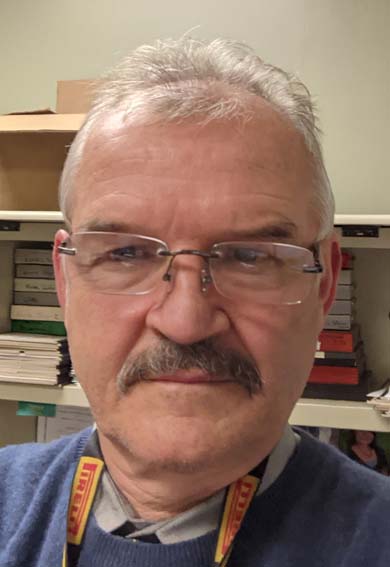Professor Lambrecht is a surgical pathologist at the Tibor Ruben Long Beach Veterans Administration and heads the Gastrointestinal Endocrinology Laboratory as Principal Investigator. Hospital and Chair of the Pathology section of the School of Medicine at the American University of Health Sciences, Signal Hill, CA, USA. He also chairs the Curriculum Committee of the University. Professor Lambrecht has extensive research collaborations with Dr. H. Said in the area of water-soluble vitamin uptake in the GI tract and Dr. K. Gupta in the area of sickle cell disease. Dr. Lambrecht successfully described the physiological transcriptome of mucosal cells of the GI tract by developing a novel technique of whole genome expression analysis using in-silico subtractive hybridization. This was used to delineate important genes expressed in gastric parietal and ECL cells, translating in novel physiological pathways involved in the stimulation of acid secretion. Specifically, Dr. Lambrecht’s findings to identify a potassium channel at the apical membrane of the gastric parietal cell canaliculus, KCNQ1, led to a new target for the pharmaceutical industry to develop alternative strategies to inhibit acid secretion. Likewise, his finding of a novel endocrine crosstalk between parietal and ECL cells (apelin and apelin receptor) in the oxyntic glands opens avenues of alternative pharmaceutical targets to regulate acid secretion. Originating from this expertise with gastric ECL cells, where he observed changes in expression of genes and proteins during periods of fasting he started to develop an interest in the endocrinological system of the GI tract. He was first to describe specific properties of the gastric endocrine X/A cell, the cellular source of the food intake regulating orexigenic peptide ghrelin. He also described for the first timethat X/A cells co-express the anorexigenic protein nesfatin-1/NUCB2. Further studies resulted in the description of changes in the release of ghrelin and nesfatin-1 into the circulation during periods of fasting or in experimental models of stress or chronic inflammation causing cachexia. These studies are ongoing, and further interesting data should be obtained from his newly developed ghrelin-promoter transgenic mouse model, which will allow Dr. Lambrecht to isolate and purify the gastric X/A cell to homogeneity. He will then apply his previous knowledge of the characterization of the gastric ECL cell to delineate X/A cell receptors and intracellular signaling to study the changes of ghrelin and nesfatin-1 release from the X/A cells based on food intake.









